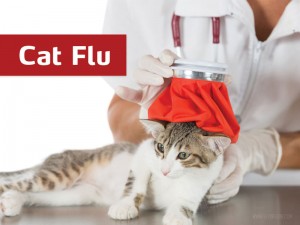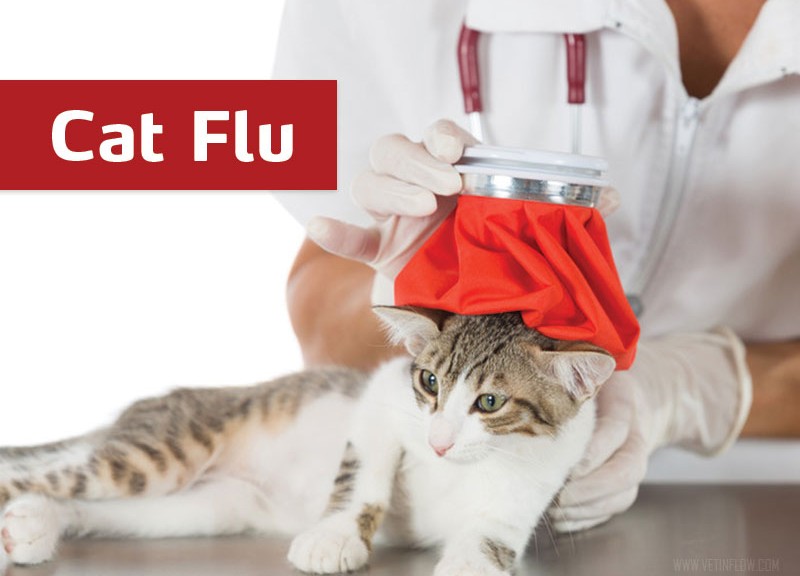
If you are a cat lover or a cat owner then this post is for you. Cat flu is a common disease caused by viruses or bacteria that affects the upper respiratory tract of cats. Cats suffering from cat flu will show clinical signs similar to the ones caused by a common cold in humans.
The viruses involved are usually the feline herpes virus (FHV), also known as feline viral rhinotracheitis virus, and the feline calicivirus (FCV). The disease can be caused by one or by both of these viruses and it may be further complicated by bacterial infections. Chlamydophila felis and Bordetella bronchiseptica are also commonly involved in this disease.
Although the clinical signs observed in cats are very close to the ones humans show when they have a flu, the disease in humans is not caused by the same agents. You can rest assured that cat flu is not transmissible to humans.
Cats suffering with the condition will often present an elevated temperature, cough, a running nose and eyes, sneezing, ulcers in their mouth, loss of appetite, and dribbling. Clinical signs can take up to three weeks to appear after the cat is infected.
The disease can be transmitted through an infected cat’s nasal discharge, saliva and even through its tears. The viruses that cause cat flu can survive in the environment for about a week and they can be carried on objects such as food bowls, clothing, cat carriers and even in human hands.
There is a lot you can do to help your feline companion if you notice he or she is showing signs of cat flu: make sure your cat gets plenty of water, try to stimulate its appetite with tasty and smelly food and keep your cat warm and comfortable, preferably in a quiet environment. You can gently clean the discharge from your cat’s eyes and nose using a damp piece of cotton wool, you can take it into the bathroom when you’re about to have a bath (inhaling steam can help improve their breathing) and you should always have your cat checked by your vet.
The best way to reduce the risk of your cat getting cat flu is to make sure his or her vaccination plan is up to date, since the flu vaccine is part of cat’s regular vaccination plan. Vaccinated cats can still get infected but the clinical signs will be much less severe.
Would you like to know more about cats? Check our Feline Courses:
